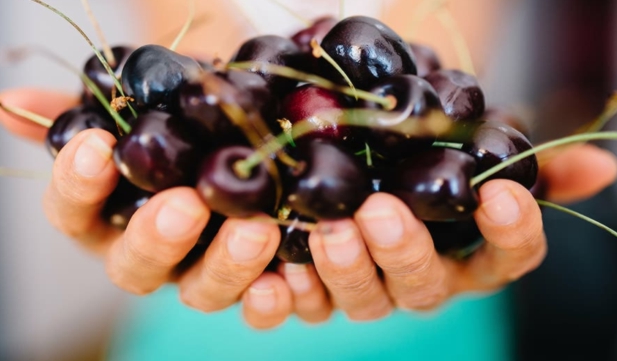Organic agriculture is a production system that, through the rational management of natural resources, without the use of chemical synthesis products, provides healthy and abundant food, maintains or increases soil fertility and biological diversity.
It must be recognized that its appearance and expansion through the spacious agricultural and It is the result of the individual action of farmers.
The Research Institute of Organic Agriculture (FiBL) and IFOAM – Organics International have published a report entitled “The World of Organic Agriculture Statistics and Emerging Trends 2022”; where they have collected and analysed data from different sources in order to know the status and evolution of organic agriculture in the world. The first thing that the publication tells us is that the surface of organic farming has followed the growing trend, reaching a new record for the year 2020.
Globally, in 2020 it was achieved that the1.6% of the world’s agricultural land were organic. The highest organic shares of total agricultural land, by region, were in Oceania (9.7 %) and in Europe (3.4 %; European Union: 9.2 %).
More than 74.9 million hectares of organic agricultural land were registered in 2020, in which are included areas under conversion. Regions with the largest areas of organic farmland were Oceania (35.9 million hectares, nearly half of the world’s organic farmland) and Europe (17.1 million hectares, 23 %); Latin America had 9.9 million hectares (13.3 %), followed by Asia (6.1 million hectares, 8.2 %); North America (3.7 million hectares, 5.0 %) and Africa (2.1 million hectares, %).
By countries, those more organic farmland of the worldwide were placed in Australia (35.7 million hectares), Argentina (4.5 million hectares) and Uruguay (2.7 million hectares)
What are the main crops?
This interesting report informs us that more than two-thirds of the 74.9 million hectares of organic farmland in 2020 were grassland (more than 50.8 million hectares). The area of arable land (arable land with 13.1 million hectares and permanent crops with 5.2 million hectares) constituted 18.4 million hectares, which represented about a quarter of the organic agricultural land.
But if you want to know the crops by continent, we highlight recommend that you consult the documentation directly.
What main products are consumed in the EU?
At the end of 2020, 14.9 million hectares of agricultural land in the European Union (14.9 million hectares) were managed organically by almost 350,000 farmers. In the EU, 9.2 percent of agricultural land was organic. Of these, we can highlight to the countries with the largest organic agriculture areas were France (2.5 million hectares), Spain (2.4 million hectares) and Italy (2.1 million hectares).
Although the growth of the EU organic Agri-food market increased, imports of organic Agri-food products decreased slightly between 2019 and 2020. Nevertheless, in 2020, 2.79 million metric tons of organic Agri-food products were imported (1, 9 less than the 2.85 million MT imported in 2019).
Among these products, there was an increase in imports of organic tropical fruits and rice, which was offset by lower imports of other cereals, oil cakes and sugar. The ranking of top trading partners also changed, with China and Ukraine is losing their top spots to Ecuador and the Dominican Republic.
It is also worth noting that the main importing and consuming EU Member States in 2020 were the Netherlands, Germany and Belgium..
Hopeful data
There is no doubt that the data is encouraging and that the growing trend of organic farming spaces seems to continue to grow over the years; which is obviously due to the fact that users are increasingly demanding healthier foods for their families.
As we have seen in several case studies of the CONSOLE project, the contractual relationships between farmers, public administrations; as well as with private sectors, it will allow the promotion and growth of both sustainable products and rural torritories of EU (and also beyond aur boundaries).
And as an example, is the case of study “Carta del Mulino” where has introduced a value chain contract solution for farmers supplying in common wheat to the mark of the famous company of Barilla, must comply with ten rules (ISCC PLUS certification to preserve biodiversity, crop rotation, minimum percentage of area allocated to flowers, selection of specific varieties, certified seeds, no use of neonicotinoids, no use of glyphosate, batch segregation and traceability, batch storage. separated from other production, added value distributed throughout the supply chain)..
We will describe more case studies in the following publications.
